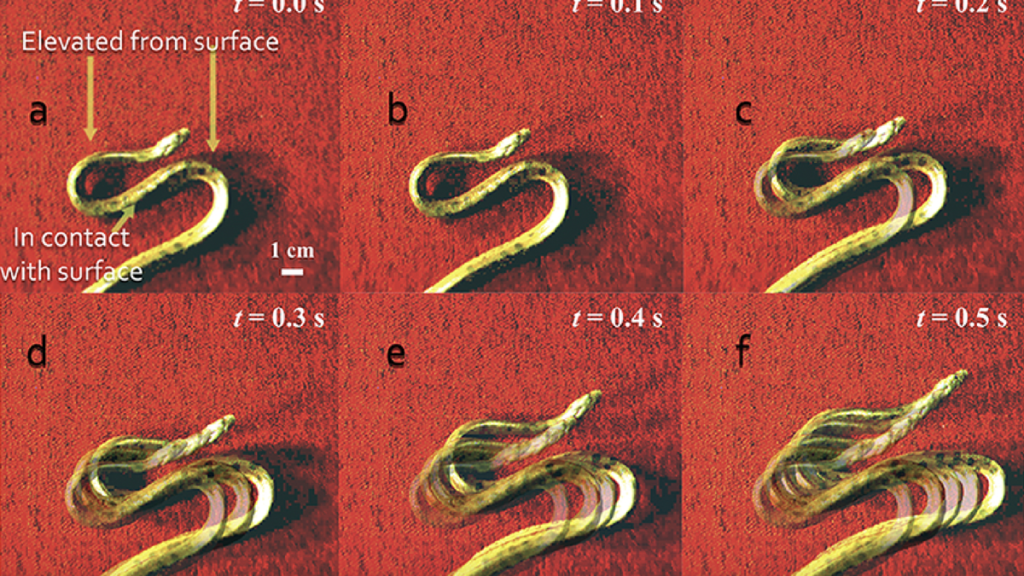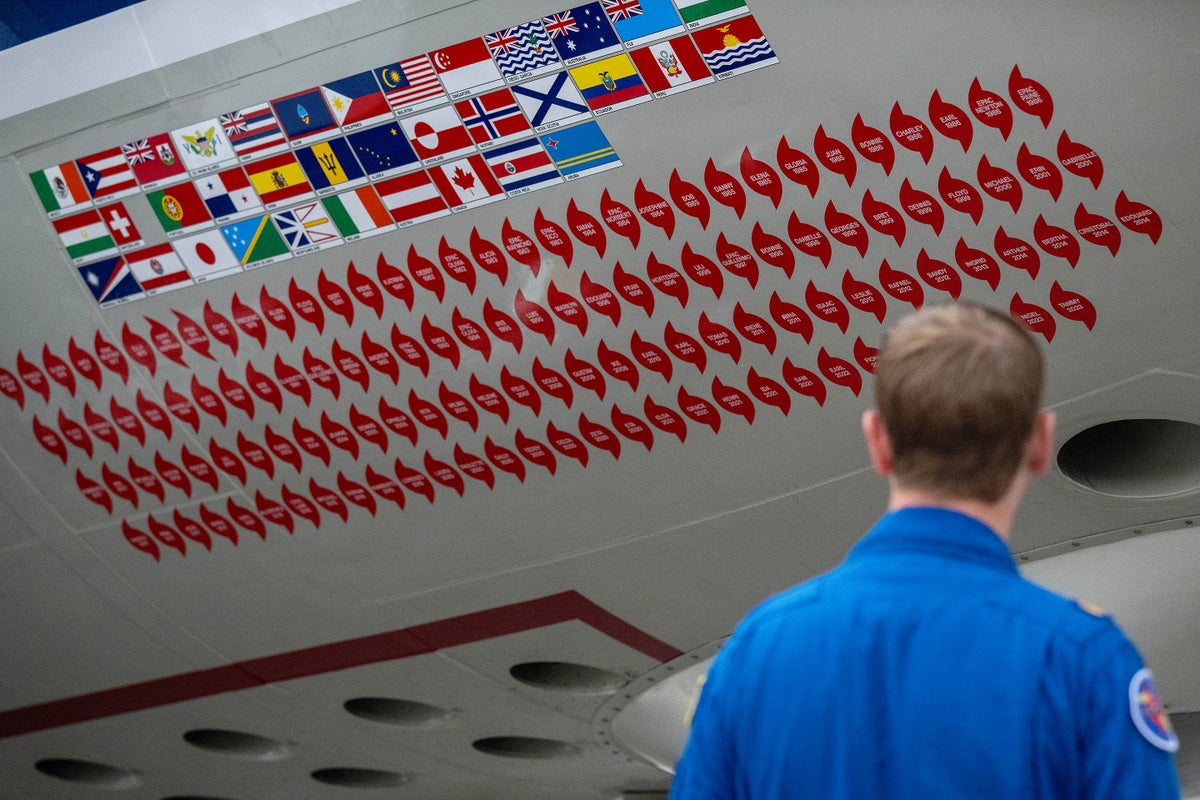Now Reading: Jet-Powered Humanoid Robot Takes Flight in Stunning Demo
-
01
Jet-Powered Humanoid Robot Takes Flight in Stunning Demo
Jet-Powered Humanoid Robot Takes Flight in Stunning Demo

Fast Summary:
- Jet-Powered Humanoid Robot: The first vertical takeoff of a jet-powered humanoid robot was successfully demonstrated by Artificial and Mechanical Intelligence (AMI) from Istituto italiano di Tecnologia, achieving a 50 cm lift-off using advanced AI control systems and aerodynamic modeling.
- Manipulation with AI Models: General-purpose robots are being trained for dexterous sensorimotor tasks, focusing on capabilities such as precision, generalization across different robots/settings, and robustness to disturbances.
- New robotics Platforms introduced:
– SCUTTLE by Ground Control Robotics: Multi-legged mobility platform.
– flexiv’s Teleoperation System: Provides precise force feedback for seamless remote manipulation.
– ARMstrong Dex Robot: A dual-arm hydraulic machine capable of heavy weightlifting (e.g., bicep curl of 40 kg), designed for disaster response.
– Micro-Robots by University of Sheffield: Developed to autonomously inspect water pipes to address leaks without excavation.
- Robot innovation highlights: SLAPBOT transforming human gestures into robotic programmed responses; Pickle’s multipick feature for rapid object placement; Spot robot utilized in industrial settings with enhanced AI capabilities.
Videos demonstrating these robots are embedded in the source article.Read More
Indian Opinion Analysis:
The accomplished lift-off of the jet-powered humanoid robot signals promising advances in robotics engineering globally. With India hosting notable initiatives like the Indian Institute of science’s contributions to autonomous systems, such progress presents an chance for collaboration with global robotics institutions like IIT or IEEE. such technologies could be pivotal in applications ranging from disaster management to space exploration-a potential interest area given ISRO’s expanding ambitions.
For India,adoption and further development of intelligent systems that enable robust interaction between humans and machines hold transformative potential-especially amid growing domestic focus on ‘Make in India’ fostering innovation-driven industrial growth. Meanwhile,India’s academic establishments might leverage this global expertise thru targeted research exchanges or participation in platforms showcasing these technologies at events worldwide (e.g., IEEE conferences).While many robotic applications address physical or work challenges effectively (e.g., pipe inspection micro-bots reducing infrastructure stress), ethical questions about humanoid appearance versus utility will remain relevant as india evolves automation policy frameworks balancing progress against societal impact concerns systematically.

























